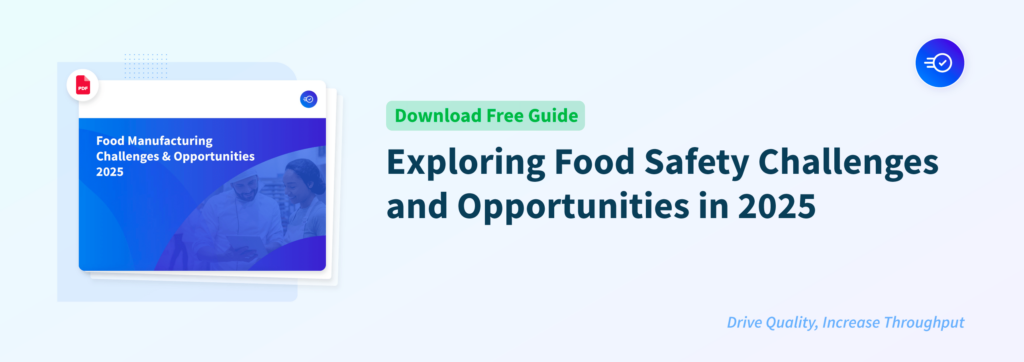
As we approach 2025, the food manufacturing industry is grappling with a rapidly evolving landscape shaped by shifting consumer preferences, technological advancements, and environmental imperatives. Increasing consumer expectations around transparency, sustainability, and ethical production are steering substantial industry-wide changes. Meeting these demands necessitates the adoption of cutting-edge technologies such as blockchain and IoT to ensure supply chain visibility and traceability, which are growing increasingly crucial under stringent regulations like the Food Safety Modernization Act (FSMA). The most recent addition to AuditComply’s library of comprehensive industry guides underscores the imperative of staying ahead of these trends and making strategic investments in innovation to thrive in today’s evolving food sector.
A key area of focus is the escalating need for automation and digital transformation in the food manufacturing sector. While automation offers the potential for heightened efficiency, consistency, and safety, the initial costs and the imperative for a technologically adept workforce pose significant obstacles. The integration of these technologies has the potential to elevate productivity by up to 20%; however, this transition demands careful planning, substantial investment, and comprehensive workforce training. Furthermore, the industry’s vulnerability to cyber threats highlights the critical importance of robust cybersecurity measures to safeguard against operational disruptions and data breaches.
Climate change is presenting critical challenges to food production, impacting both the environment and supply chains. Unpredictable weather patterns, water scarcity, and extreme weather events are causing disruptions and hiking up production costs. The Intergovernmental Panel on Climate Change (IPCC) predicts a potential reduction in crop yields by 10-25% by 2050, emphasizing the urgency of embracing sustainable practices. Furthermore, the escalating costs of raw materials, driven by geopolitical instability and supply chain disruptions, are adding to the financial strain on food manufacturers. It is imperative to develop strategies to mitigate these expenses and uphold profitability in the face of these challenges heading into 2025.
In the face of such challenges, the future of food manufacturing in 2025 presents several opportunities for growth. Embracing advanced technologies to enhance food safety and traceability will be crucial for building consumer trust and ensuring regulatory compliance. The emergence of smart and connected packaging promises to optimize supply chain efficiency and foster better consumer interaction. On top of this, the expanding market for plant-based and alternative proteins offers significant potential for growth, driven by health, environmental, and ethical considerations. By capitalizing on these trends and embracing sustainable and innovative practices, food manufacturers can successfully navigate the complexities of 2025.
To gain a comprehensive understanding of the challenges and opportunities in the food industry, download our detailed PDF guide today. Delve into actionable insights and strategic recommendations designed to assist your organization in navigating the complex landscape of 2025 and beyond.
